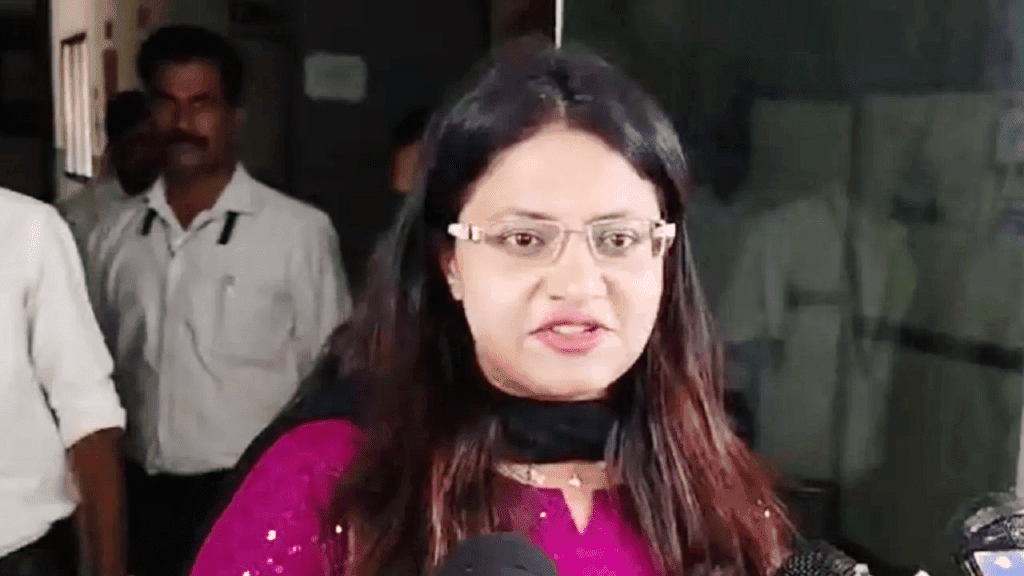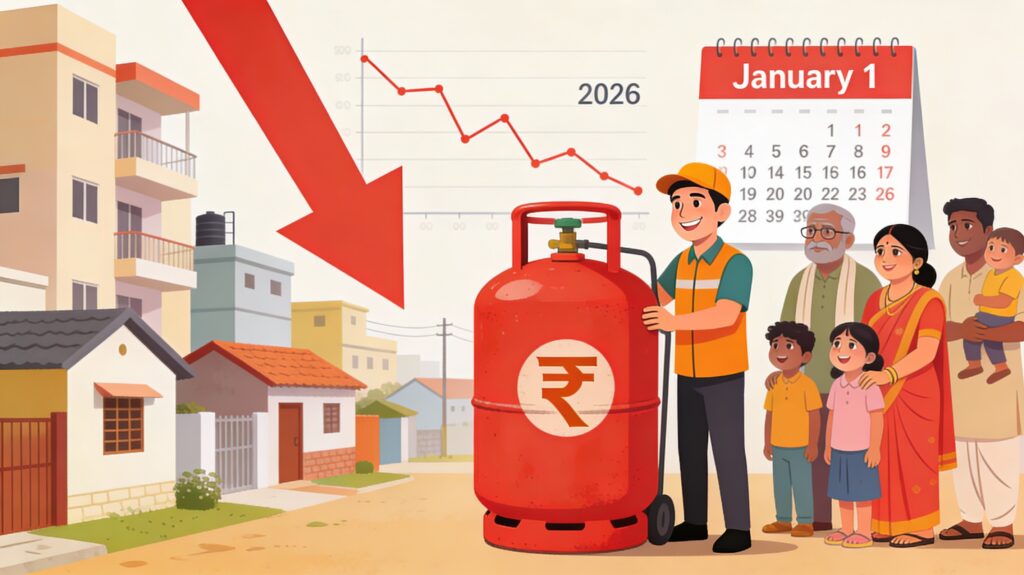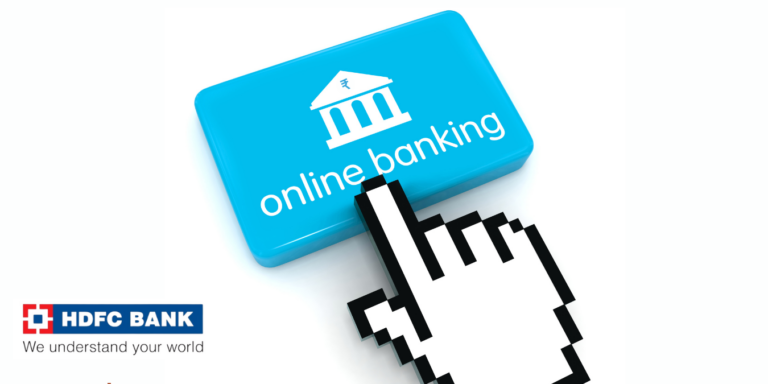
October 2025 Update: HDFC, PNB & Yes Bank Locker Fees and New RBI Compliance Rules
RBI’s October 2025 hammer drops—your HDFC, PNB, or Yes Bank locker could vanish overnight if you ignore the new rules! Fees explode to ₹32,000, biometrics spy on every access, and 20% of Indians risk sealed vaults mid-Diwali dash. What’s the sneaky clause banks won’t tell you that flips liability on its head? Dive into fee-crushing hacks, forbidden storage bombshells, and a 5-step escape plan before your gold ghosts you forever. Act now—or pay the ultimate price!
Major changes in bank charges and locker rules have taken effect across HDFC, PNB, and Yes Bank as of October 2025, driven by updated Reserve Bank of India (RBI) regulations. Customers now face revised fees for lockers, debit cards, and ATM withdrawals, along with mandatory updates to locker agreements to enhance security and accountability. These changes reflect a broader regulatory push toward transparency, digital compliance, and improved customer protection in banking services.
New Locker Charges and Fee Revisions
HDFC Bank has revised its locker rental fees based on size and location, with charges now ranging from ₹550 for an extra-small locker in rural areas to ₹20,000 for an extra-large locker in metro locations, excluding 18% GST. Similarly, Punjab National Bank (PNB) has increased locker rents, with large lockers in metro areas now costing ₹5,500 annually, making it one of the most affordable options among public sector banks. Yes Bank’s locker charges are among the highest, with annual rentals reaching up to ₹32,000 for extra-large lockers, depending on branch-specific classifications.
| Bank | Locker Size | Annual Rent (Metro/Urban) | Annual Rent (Rural/Semi-Urban) |
| HDFC Bank | Small | ₹2,200 | ₹850 |
| PNB | Large | ₹5,500 | ₹4,000 |
| Yes Bank | Extra Large | Up to ₹32,000 | Up to ₹20,000 |
| SBI | Medium | ₹3,000 | ₹2,000 |
| ICICI Bank | Large | Up to ₹15,000 | Up to ₹9,000 |
In addition to locker fees, ATM withdrawal charges have been standardized across banks following RBI’s revised guidelines. Customers exceeding their monthly free transaction limit now face a charge of ₹23 per financial transaction at other banks’ ATMs, up from ₹21 previously. Non-financial transactions, such as balance inquiries, are now charged at ₹10–₹11, excluding GST. Yes Bank continues to offer five free ATM transactions per month, after which the revised fees apply.
Debit card annual fees have also seen adjustments. PNB offers free annual fees for RuPay PMJDY and Kisan cards, while premium cards like the VISA Signature and RuPay Select now cost ₹750 annually. HDFC Bank has not publicly revised its debit card fees, but premium account holders may face service changes based on relationship value thresholds. Yes Bank’s YES First Debit Card carries an annual fee of ₹2,499, positioning it as a high-end offering.
RBI’s Updated Locker Agreement Rules
The RBI mandated that all bank locker holders sign updated rental agreements by October 1, 2025, incorporating enhanced consumer protections and operational clarity. These revised agreements include provisions for legal recourse in case of negligence by the bank, clearer terms on liability, and updated procedures for locker access and dispute resolution. Despite multiple deadline extensions—from the initial January 2023 target to March 2024 and now October 2025—approximately 20% of customers remain non-compliant.
Banks are now empowered to issue final notices and, in extreme cases, seal non-compliant lockers to enforce adherence. The RBI’s guidelines also require banks to provide a copy of the locker agreement at the time of allotment and ensure e-stamping for legal validity. Customers who fail to sign the updated agreement risk restricted access and potential service suspension, emphasizing the urgency of compliance.
Enhanced Security Measures for Locker Access
To strengthen security, the RBI has mandated biometric authentication and continuous CCTV surveillance in locker rooms across all banks. Fingerprint or iris scanning is now required for entry, ensuring that only authorized individuals can access the locker vault. CCTV footage must be recorded 24/7 and retained for at least 180 days to support forensic investigations in case of disputes or theft. Additionally, customers must receive real-time SMS or email alerts whenever their locker is accessed, adding a layer of transparency and accountability.
These measures aim to prevent unauthorized access, reduce the risk of internal fraud, and provide verifiable audit trails. Banks are also required to conduct periodic locker inspections and maintain detailed logs of all access events, further reinforcing operational integrity. The implementation of these security protocols is part of a broader effort to modernize India’s banking infrastructure and align it with global best practices.
Step-by-Step Guide to Updating Your Locker Agreement
Updating your locker agreement is a straightforward process, but timely action is essential to avoid service disruption. Follow these steps to ensure compliance:
- Visit Your Home Branch: Schedule an appointment with your bank’s locker department to initiate the agreement update.
- Review the Revised Terms: Carefully read the updated agreement, paying attention to clauses on liability, access rights, and dispute resolution mechanisms.
- Submit Required Documents: Provide valid photo ID, address proof, and two recent passport-sized photographs for verification.
- Complete e-Stamping: Pay the applicable stamp duty through the bank’s e-stamping portal to validate the agreement.
- Sign and Receive Copy: Sign the agreement digitally or physically and ensure you receive a stamped copy for your records.
Customers who are unable to visit the branch can request a home visit from a bank representative, though this may incur an additional service fee. It is advisable to complete this process before December 31, 2025, as banks may begin enforcing stricter compliance measures thereafter.
Pro Tips for Managing Bank Locker Costs
To optimize your banking expenses under the new fee structure, consider the following strategies:
- Downsize Your Locker: If your current locker is underutilized, consider switching to a smaller size to reduce annual rent.
- Opt for Rural Branches: Locker rentals in rural and semi-urban branches are significantly lower; if feasible, relocate your locker to a less expensive location.
- Bundle with Premium Accounts: HDFC’s Preferred Banking offers a 50% discount on locker rent for eligible customers, making it a cost-effective option for high-net-worth individuals.
- Monitor Free ATM Limits: Stick to your bank’s ATMs or stay within the five free transactions per month to avoid additional charges.
- Use Digital Channels: Minimize branch visits and paper-based transactions to reduce service fees and improve efficiency.
Mistakes to Avoid with Bank Lockers
Many customers unknowingly violate locker rules, risking penalties or loss of access. Common mistakes include:
- Failing to Update Agreements: Not signing the revised locker agreement is the most critical error, potentially leading to locker sealing.
- Storing Prohibited Items: Cash, firearms, and illegal substances are strictly banned; storing such items can result in immediate termination of the locker facility.
- Ignoring Biometric Protocols: Attempting to access the locker without biometric verification will be denied, so ensure your fingerprints are registered.
- Overlooking GST in Budgeting: Always factor in 18% GST when calculating annual locker costs to avoid unexpected expenses.
- Neglecting Alerts: Failing to monitor SMS/email alerts for locker access may delay detection of unauthorized activity.
Expert Insights on the New Banking Landscape
Financial experts emphasize that the latest changes reflect a shift toward greater accountability and digital integration in India’s banking sector. “The RBI’s updated locker norms are not just about compliance—they’re about building trust,” said Dr. Anjali Sharma, a banking policy analyst. “Biometric access and real-time alerts ensure that customers have visibility and recourse, which was lacking in the past”.
Another key development is the RBI’s move to continuous cheque clearing, which will improve fund availability and reduce settlement risks. Starting October 4, 2025, cheques will be processed in real time rather than in batches, benefiting businesses and individuals who rely on timely payments.
Final Thoughts and Next Steps
The October 2025 banking changes mark a significant step toward modernizing India’s financial infrastructure. With higher fees and stricter rules, customers must stay informed and proactive. Review your current banking services, update your locker agreement, and assess whether your account type still meets your needs. By understanding these changes and taking timely action, you can ensure uninterrupted access to your valuables and avoid unnecessary charges.
Disclaimer: The use of any third-party business logos in this content is for informational purposes only and does not imply endorsement or affiliation. All logos are the property of their respective owners, and their use complies with fair use guidelines. For official information, refer to the respective company’s website.






























